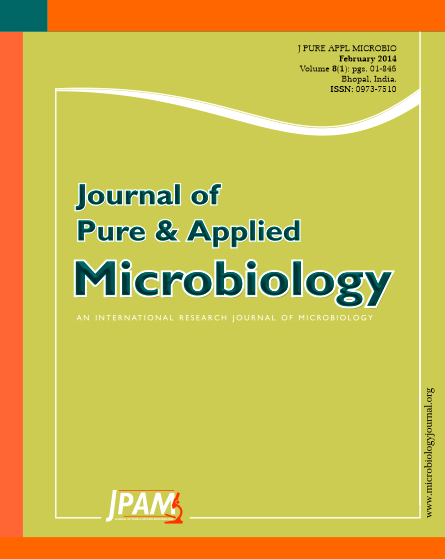This study was conducted to determine the presence of Toxoplasma gondii in poultry meat samples in Iran. A total of 55 chickens, 30 partridge, 50 quail, 28 ostrich and 25 turkey raw meat samples were collected from retail outlets in Isfahan, Iran. All samples were homogenized and then an indirect ELISA technique was performed for detection of antibodies against T. gondii. Finally, all positive and suspected samples which were diagnosed by ELISA methods were analyzed using PCR assay. From a total of 188 meat samples, 28 (15.42%), 20 (10.63%) and 140 (74.46%) samples were positive, suspected and negative using ELISA method, respectively. From a total of 48 positive and suspected ELISA results, 38 (79.16%) were positive and 10 (20.83%) were negative for presence of T. gondii using PCR method. Turkey had the highest while quail had the lowest prevalence of T. gondii in poultry meat samples. From a total of 38 positive samples, 5 (13.15%), 20 (52.63%), 8 (21.05%) and 3 (7.89%) samples were positive from samples which were collected in spring, summer, autumn and winter seasons, respectively. Statistical analyses were significant between the prevalence of T. gondii in various seasons and poultry meats.
Toxoplasma gondii, poultry meat, indirect ELISA, PCR, Iran
© The Author(s) 2014. Open Access. This article is distributed under the terms of the Creative Commons Attribution 4.0 International License which permits unrestricted use, sharing, distribution, and reproduction in any medium, provided you give appropriate credit to the original author(s) and the source, provide a link to the Creative Commons license, and indicate if changes were made.


